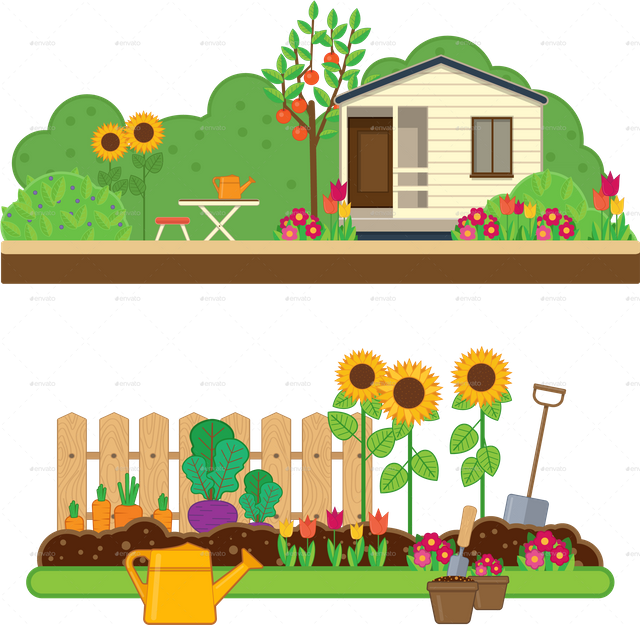Water is a precious resource, and conserving it in the garden is essential for sustainable gardening practices. By implementing water-saving techniques, gardeners can reduce water waste, lower their water bills, and create more resilient garden ecosystems. In this post, we'll explore various water conservation strategies that you can implement in your sustainable garden.
1. Efficient Irrigation Methods
One of the most effective ways to conserve water in the garden is to use efficient irrigation methods. Consider installing drip irrigation systems or soaker hoses, which deliver water directly to the roots of plants, minimizing evaporation and runoff. These systems can be programmed to deliver water slowly and evenly, ensuring that plants receive the moisture they need without wasting water.
2. Rainwater Harvesting
Take advantage of rainwater by installing rain barrels or cisterns to capture runoff from your roof. Collected rainwater can be used to irrigate your garden during dry periods, reducing your reliance on municipal water sources. Consider placing rain barrels strategically around your property to maximize water collection and storage capacity.
3. Mulching
Applying a thick layer of organic mulch, such as wood chips, straw, or shredded leaves, can help retain soil moisture and suppress weeds in your garden. Mulch acts as a protective barrier, reducing evaporation from the soil surface and keeping the root zone cool and moist. Additionally, organic mulches break down over time, adding valuable organic matter to the soil and improving its water retention capacity.
4. Soil Health
Healthy soil is essential for efficient water use in the garden. Incorporate organic matter, such as compost and aged manure, into your soil to improve its structure and water-holding capacity. Healthy soil with good drainage allows water to penetrate deep into the root zone, reducing the need for frequent watering. Avoid compacting soil by minimizing foot traffic and using raised beds or containers for planting.
5. Choose Water-Efficient Plants
Selecting drought-tolerant and water-efficient plants for your garden can significantly reduce water consumption. Choose native and climate-appropriate plants adapted to your region's rainfall patterns and soil conditions. These plants have evolved to survive with minimal water and maintenance, making them ideal choices for water-wise gardening. Group plants with similar water needs together to optimize irrigation and minimize water waste1
6. Mulching
Applying a thick layer of organic mulch, such as wood chips, straw, or shredded leaves, can help retain soil moisture and suppress weeds in your garden. Mulch acts as a protective barrier, reducing evaporation from the soil surface and keeping the root zone cool and moist. Additionally, organic mulches break down over time, adding valuable organic matter to the soil and improving its water retention capacity.
Conclusion
Water conservation is a critical component of sustainable gardening practices. By implementing these water-saving strategies in your garden, you can reduce water waste, conserve resources, and create a more resilient and environmentally friendly garden space. In the next post, we'll explore the importance of soil health and fertility in sustainable gardening.
